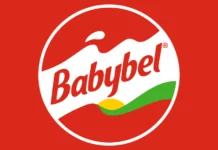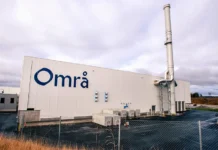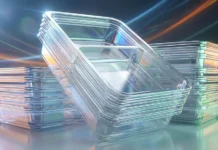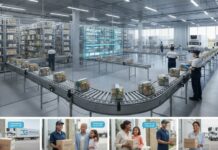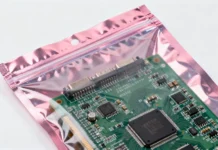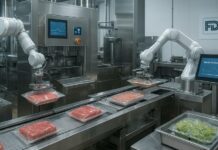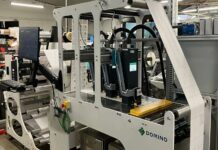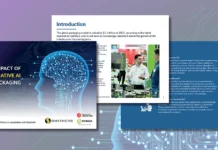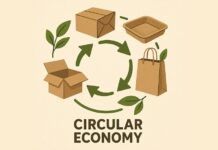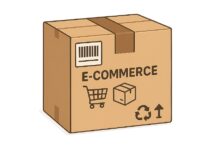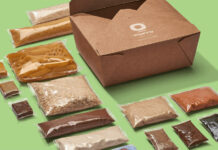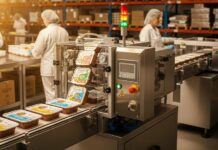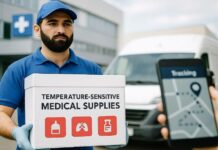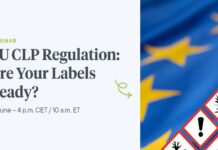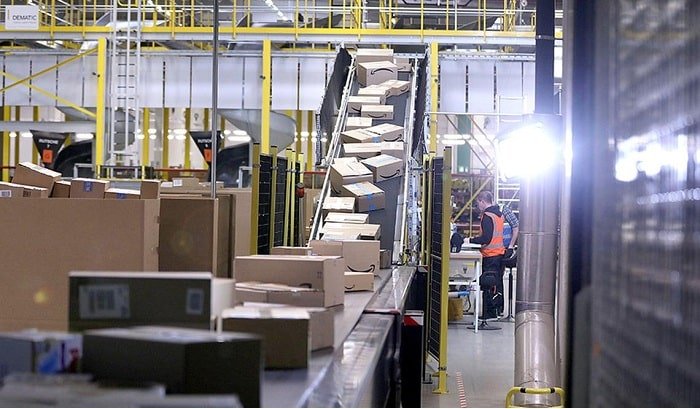E-commerce and technology company Amazon said that its fulfilment centre in Euclid, Ohio, US will shift to paper packaging solutions from plastic delivery packaging that can be recycled in the curbside recycling bins.
Part of a multiyear initiative to transform paper-based US fulfilment centres, the move is expected to allow customers to recycle packaging at home.
The team enabled the Euclid fulfilment centre to switch completely to paper packaging by redesigning existing machinery to utilise paper instead of plastic.
Amazon’s packaging engineers redesigned the machines to include a built-in sensor to detect the correct size for non-padded paper packaging of products, including clothes, kitchen supplies, and sports tools.
This allowed for a reduction in empty space and excess waste while maintaining the safety of the product.
Additionally, the technology company has developed a stretchable paper that is said to be more weather-resistant than regular paper and can be heat-sealed.
The team also created strong and flexible paper packaging, upgraded made-to-fit technology, and switched from plastic air cushions to paper fillers made from 100% recycled content.
Amazon Mechatronics and Sustainable Packaging VP Pat Lindner said: “This is a major milestone for our US fulfilment centres, and I’m incredibly proud of the teams that developed new technologies to eliminate plastic packaging.
“This is just the beginning, as we continue to discover more ways to eliminate and reduce plastic packaging for our customers.”
For things that need more protection than a non-padded bag can provide, Amazon has also spent the last few years inventing a new machine that produces on-demand, curbside-recyclable, made-to-fit containers.
This machine calculates the measurements of an order before producing a protective container that is appropriately sized and lighter than a standard box using a flexible corrugate material.
Amazon has significantly decreased packaging over the past few years by identifying products that can be transported safely in lighter, smaller packaging using machine learning.





